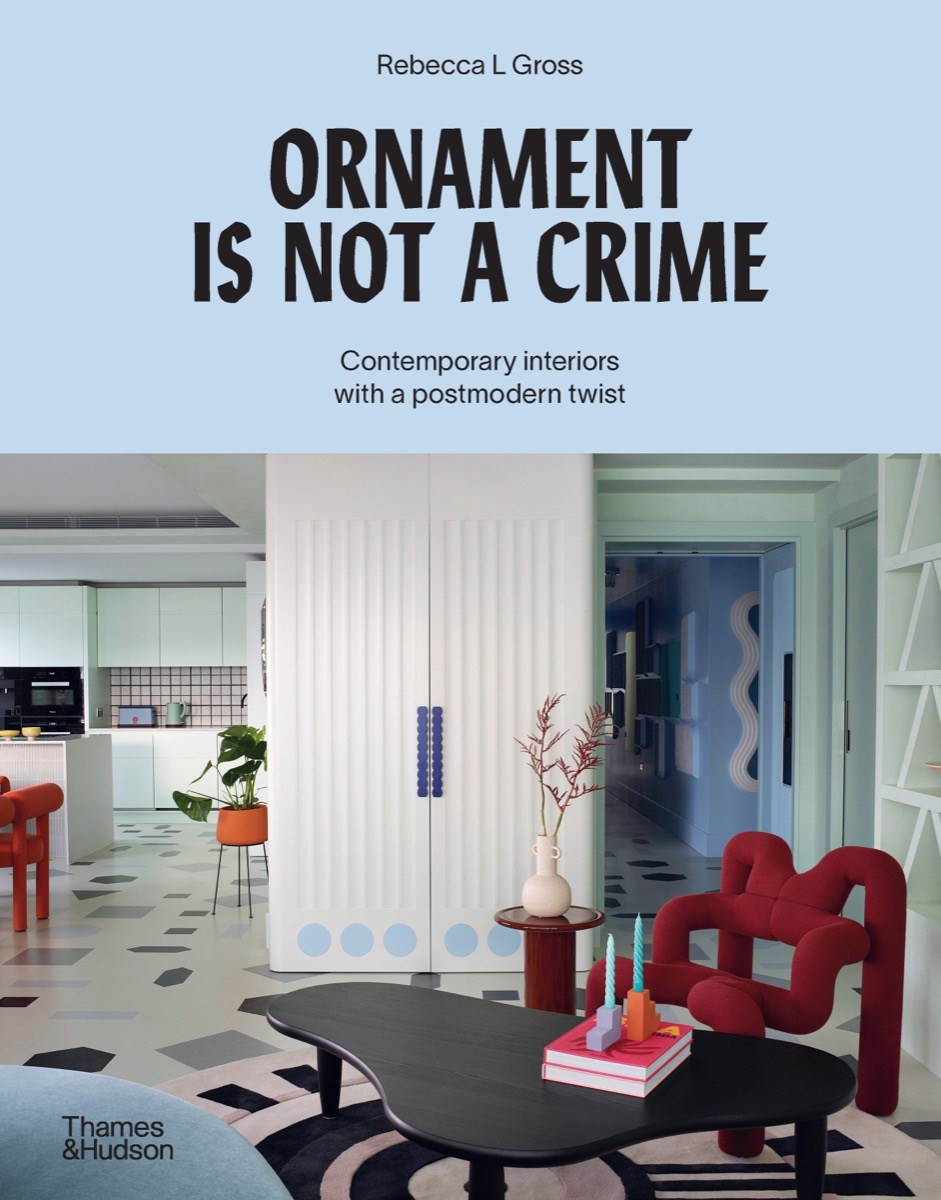Twenty-one examples of home interiors found in the United Kingdom, Europe, Australia, and North America, along with five designer profiles, make up this survey of contemporary postmodern design, which is often more colorful and playful than the dominant modernism. (The book’s title is a reference to the catchphrase coined by modernist architect Adolf Loos.) Design historian Gross (
Lam Partners: The Many Ways of Light) explains that postmodern design was first seen in the 1960s as a reaction to the minimalist aesthetic and philosophy of modernism that had dominated contemporary design since the 1920s. The height of the maximalist postmodern movement was arguably the 1980s, after which it fell out of favor (often eclipsed by more minimalist design). Today, however, whimsical, exuberant postmodernism projects are once more gaining popularity among designers and their clients. Each case study in the book is 10–12 pages and features a short description of the site, the designer’s approach, and plenty of color photographs. The image captions call attention to key design features and highlight the bold, colorful, often patterned, and expressive designs. Profiles of the designers are presented in two-page spreads with a short description and several photographs. A directory of all the designers and a guide to further reading are also included in the book.
VERDICT A useful and well-illustrated survey of contemporary practitioners and examples of postmodern design.




Comment Policy:
Comment should not be empty !!!